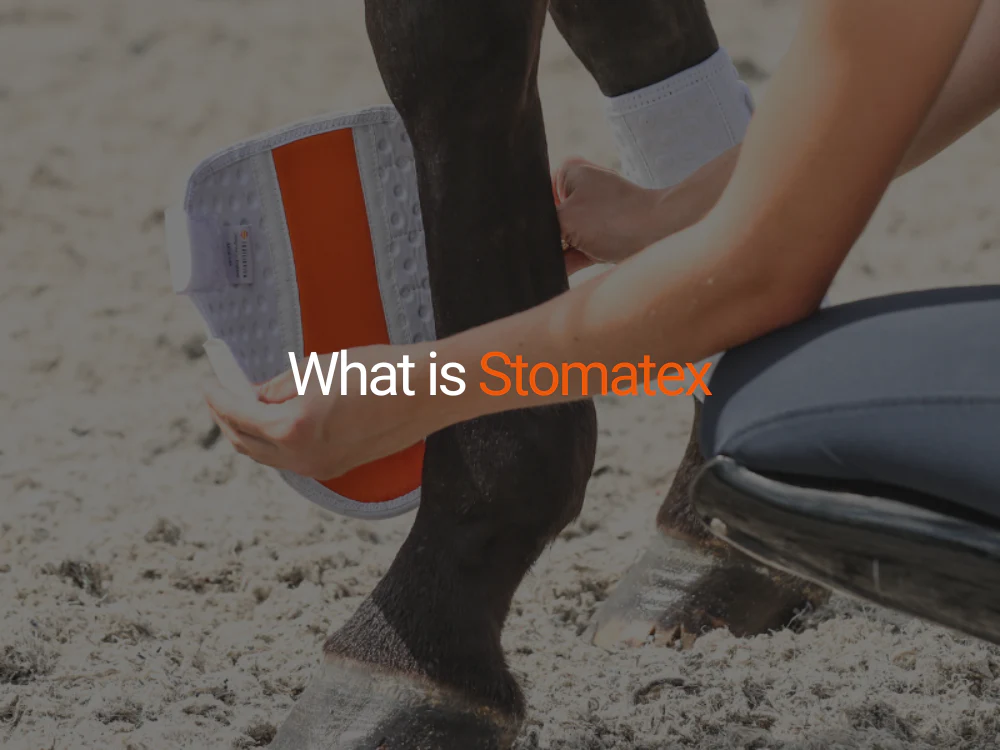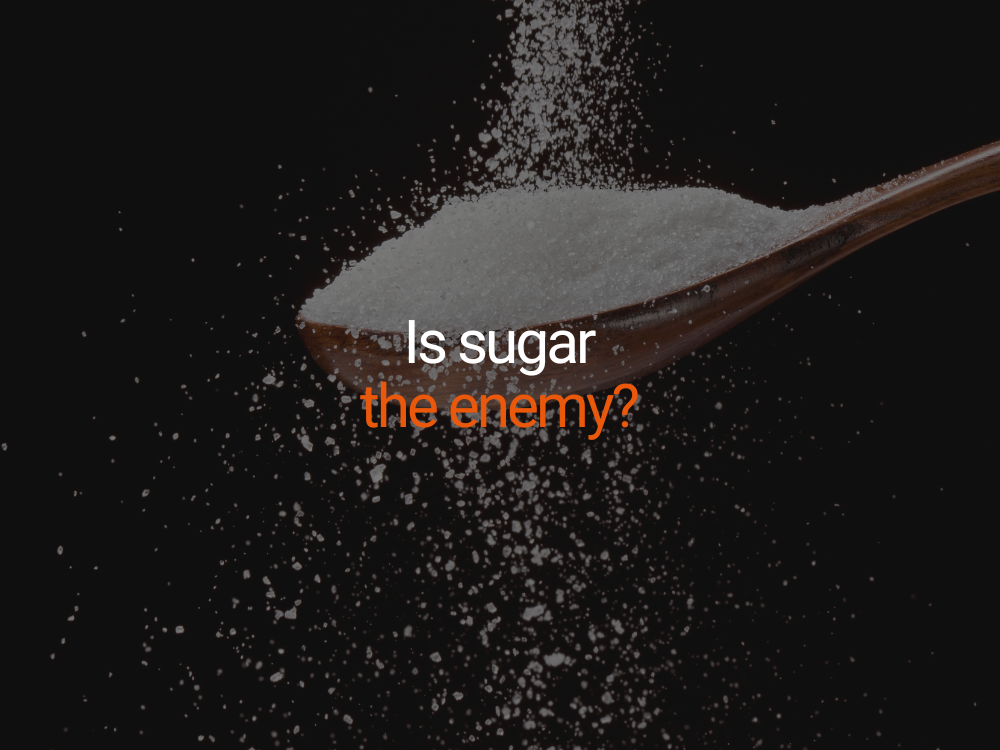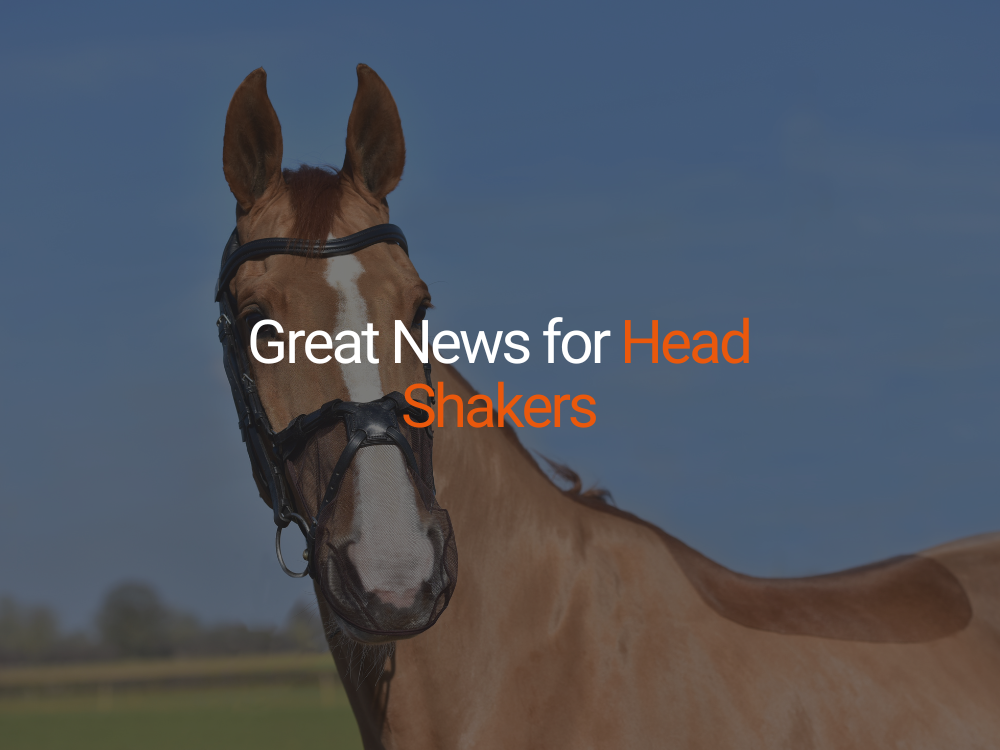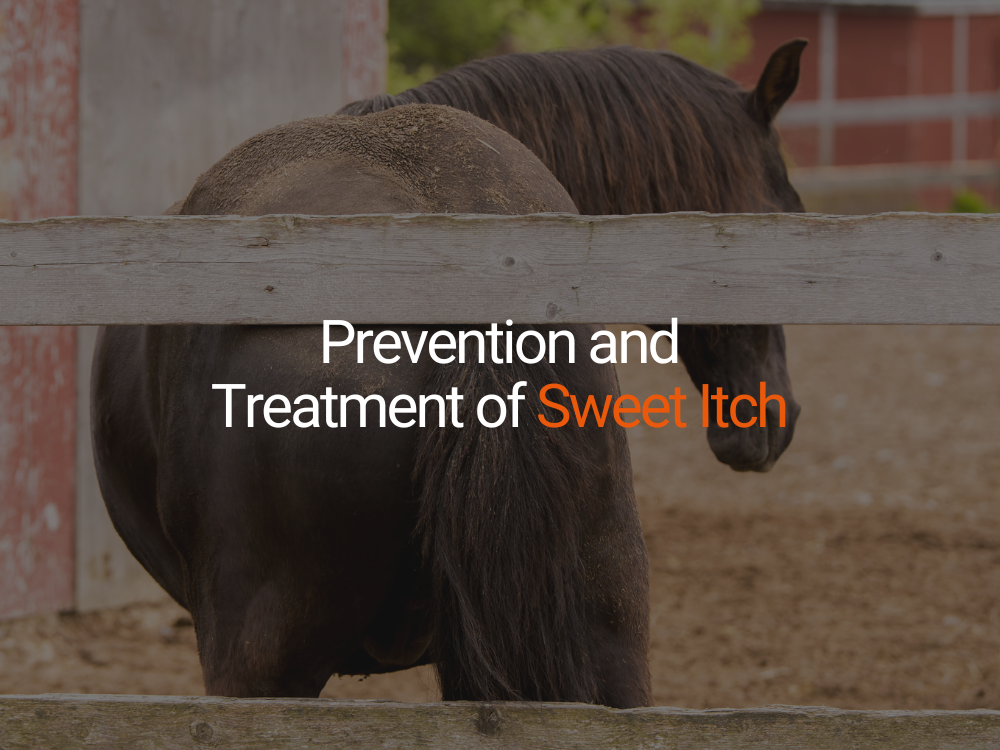As owners of horses, ponies, and donkeys, we all know how heartbreaking it can be to see images and reports of animals needlessly suffering, without the love and care they all so desperately deserve. Many of us simply wish we could take them home ourselves, but luckily help is at hand in the form of rescue charities up and down the country, like Redwings Horse Sanctuary.
Last week Candice and I took a break from the Equilibrium Products head office to go and meet the residents and staff at Redwings Ada Cole centre in Essex, and to get a taste of the vital work they do to rescue, rehabilitate, and rehome horses, ponies and donkeys. So, with a car packed with tasty treats and supplements, including Vitamunch, Simply Irresistible, Simply Sunshine, and of course our new Crunchits Advent Calendars, we were ready to go and meet some very special equines.
Redwings Ada Cole is home to 90 horses, ponies and donkeys, each with their own harrowing stories of how they ended up at the centre. Guided by Redwings team members Steph and Jess, we were taken from field to field, each filled with herds of happy, content, and healthy animals. As we walked, Steph and Jess told us about many of the animals in their care, how they arrived, and their personalities (like Edward the pony, who Jess proclaimed as a personal favourite and has a tendency to steal buckets for fun…). Many of the stories we heard started tragically, particularly as many of the horses and ponies at the centre originated from Spindles farm, an infamous case of horrific neglect affecting over 100 horses. For all, it is hard to believe the horses they are talking about are the same ones in the field; one such case is Zippy. As one of Redwings’ ‘Adoption Stars’ Zippy is quite the celebrity at the centre. Despite a tough start in life, this stunning Gelderlander is the picture of health, and very affectionate with both visitors and staff alike.
During our day at Redwings Ada Cole, we were treated to an up close and highly personal view of what life is like at the centre. Taking pictures with our chosen Adoption Stars Zippy, Elvis, Tinkerbell, and donkey Del Boy, we could see just how caring and dedicated the staff are to every resident, and how important it is to educate visitors about the plight of rescue animals. It also clear to see that the interaction, and support from the public is vital for continuing the charity’s work; as the largest equine rescue charity in the UK, and with 1500 equines in their care nationwide, there is certainly a lot of work to do!
So what can be done to help? Redwings relies on fundraising and donations, but we think one of the best and most rewarding ways to get involved is by adopting one of the charity’s many Adoption Stars. For only £15 you can adopt a horse, pony or donkey for a year and receive a picture and regular updates, access to your Star’s online diary and even an invitation to your adopted horse or donkey’s birthday party! Whether as a gift for a loved one, or as a new four-legged friend for you, adopting with Redwings is a simple but rewarding way of helping to support their rescue efforts, and on-going care of these very special horses.
Adopt an Adoption Star here
Sadly, not all of us have the time or resources to rehome these wonderful animals ourselves, but by supporting charities like Redwings we as horse, pony and donkey lovers can be sure that rescued equines all over the country will receive the love, care and attention they need to be bought back to health. So, in the run up to winter why not help by adopting, donating, or take a visit to your local Redwings centre to see the wonderful work they do for yourself? You’re sure to have an eye-opening experience, and if you’re lucky may even get to witness the ‘donkey button’ in action!
Find out more about how you can help here
Please note: If you do visit your local Redwings Centre, if you bring any treats for the horses, please drop them at the visitors centre on arrival. Please do not feed the horses, ponies and donkeys directly.





















